On the way to my candy store yesterday, I passed by another tea shop that is old looking. It’s terribly shabby. From the door of the shop to the table where the owner, his wife, and some guest were sitting, there was a corridor formed by boxes (some empty), bags, and what not… on both sides stacking taller than me. It was full of junk, literally. The whole store, in fact, was filled with junk. I walked in to look at some of the oldish teapots they had there (70s/80s stuff, I think). Most of it was crap.
At a place like this, they usually serve you a cup of something — whatever they happened to be brewing. I got a cup, of course. It was dark, blackish. I drank it… and I was thinking “hmmm, what is this? Liu’an?” It tasted old, not really puerh like, but not really old oolong like either…. I asked what it was, and she said it was an old (35 years is the claim) dongding.
Hmmm
I went to the candy store first, but when I was on my way back, I couldn’t resist, and picked up a little of this tea to try for myself at home.
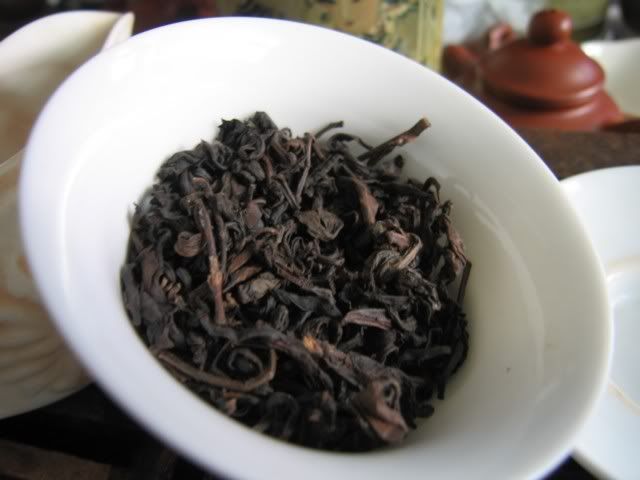
This shot is from about 10 infusions after I started… the first shot I took turned out to be horribly out of focus
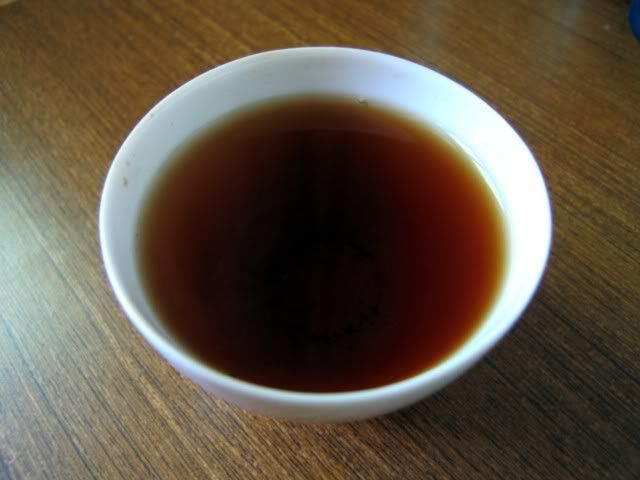
As you can see, still pretty dark. As I brewed it today, the liu’an like taste isn’t quite as strong, but I can still sense it being there. This is, I think, what Zhou Yu referred to simply as the “old taste”. He said such tastes you can get from the liu’an we tried that day, but also from old Taiwan oolongs of around 40 years or more. I am getting some of it here, I think. It’s a smooth tea, not bitter at all. Not much roasted flavour either, but it is definitely a strongly roasted tea (or repeatedly roasted one, rather). As the drinking went on, there is a slightly greenish flavour that crept into the tea — something that reminds me of the 1990 dongding and the 1980s tieguanyin that I’ve been drinking recently. It’s in that same family of taste, but here only as an aftertaste, a hint, rather than what was at the forefront. I suppose much of that flavour has been changed over time, through aging and roasting, into what is now the “old” flavour.
In some ways, despite its older age, I think I actually prefer the younger stuff — I like that strangely aromatic taste. This tea is a bit more mellow, very interesting, very calming, but lacks a bit of that extra push. Then again, maybe that extra liveliness will wear thin after a while, and stuff like this will, on the other hand, be always welcomed on a coldish day in winter.
The wet leaves are a bit of a mixed bag. There are a few leaves that are more flexible and brown, while some others are black and stiff.
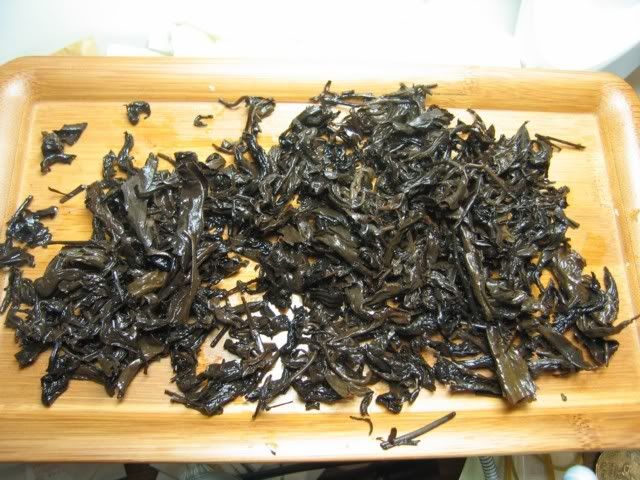
Good stuff, and it’s not expensive either. Considering that this is definitely older than the 80s/90s teas I’ve had…. I don’t think people who sell this stuff are really making much of any money from it.



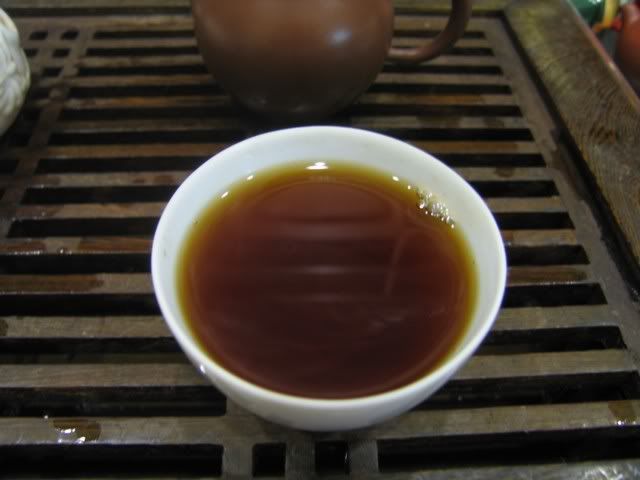
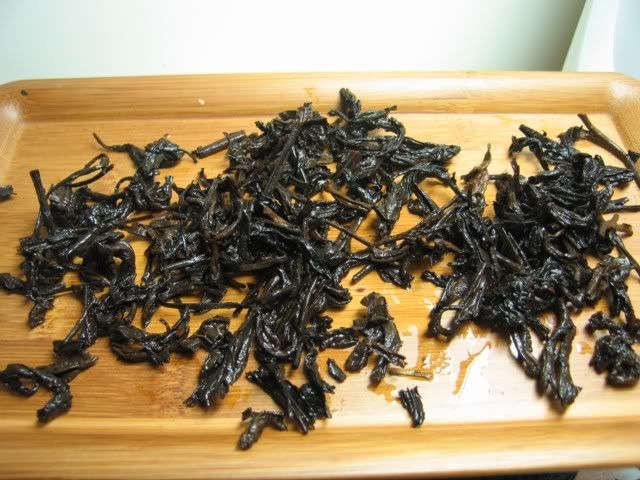
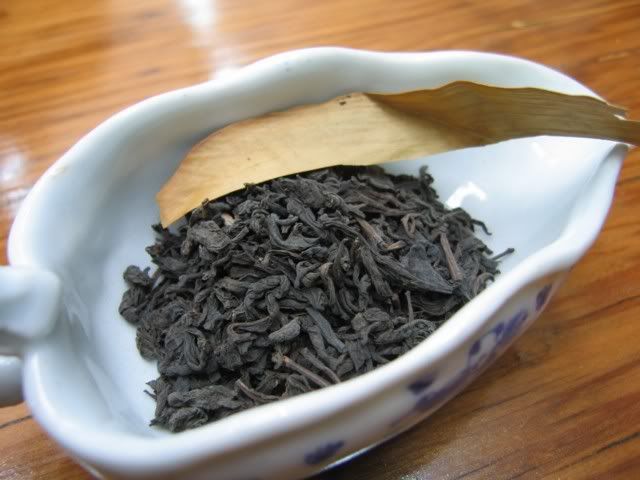
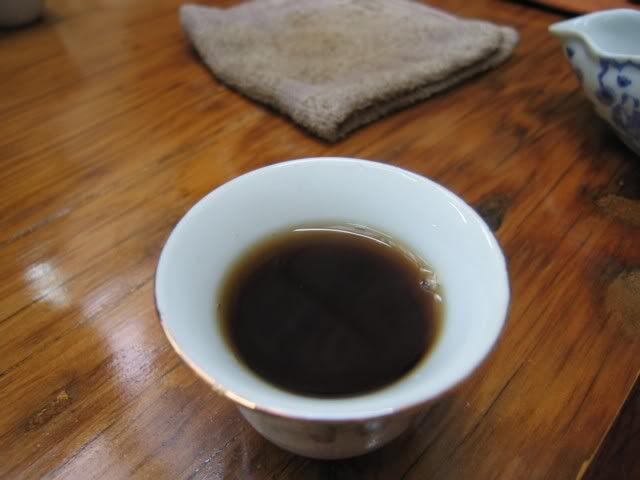
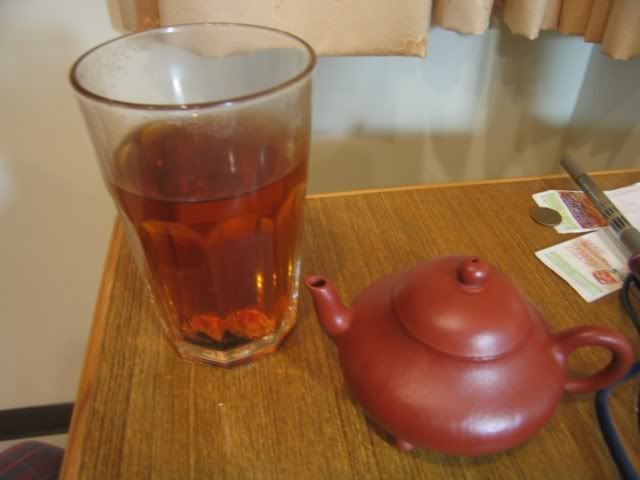
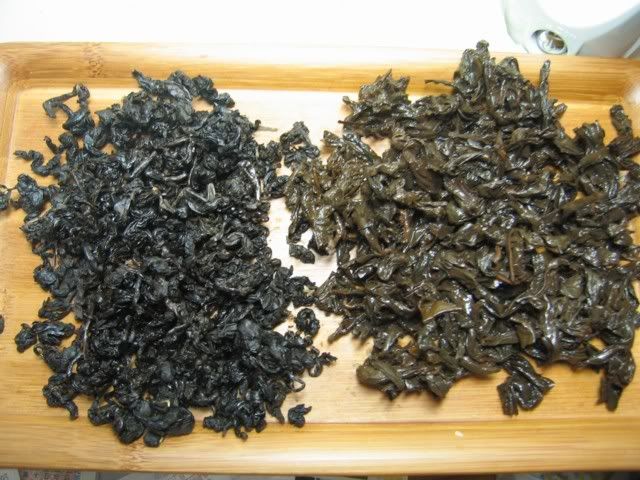
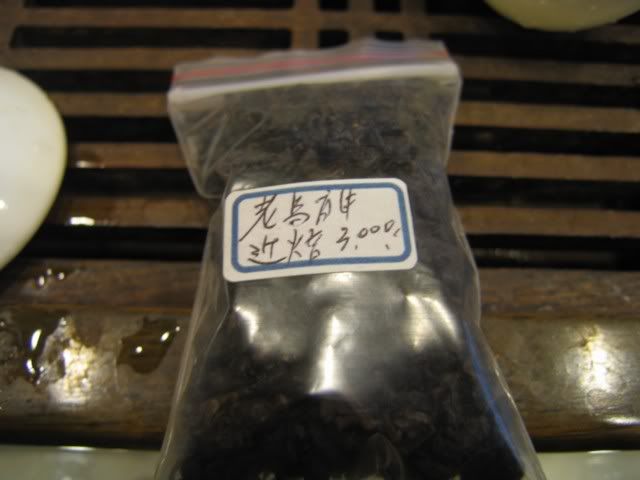
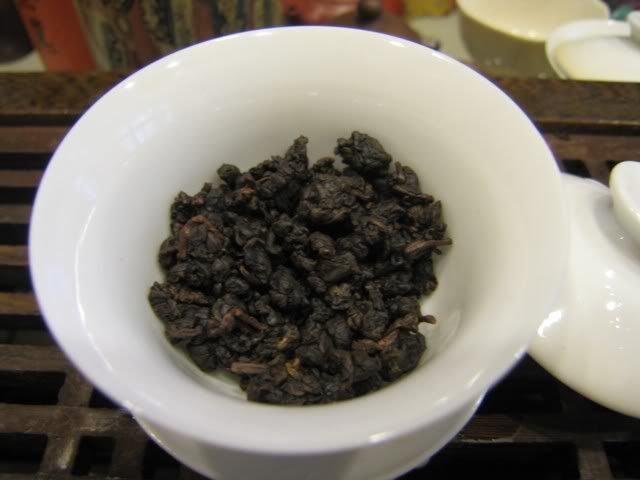

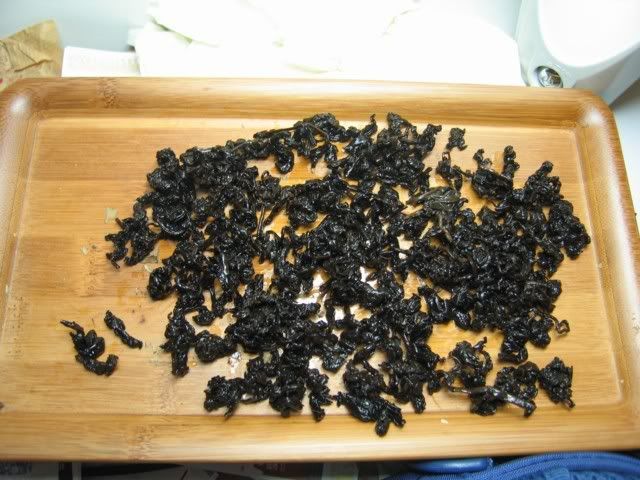
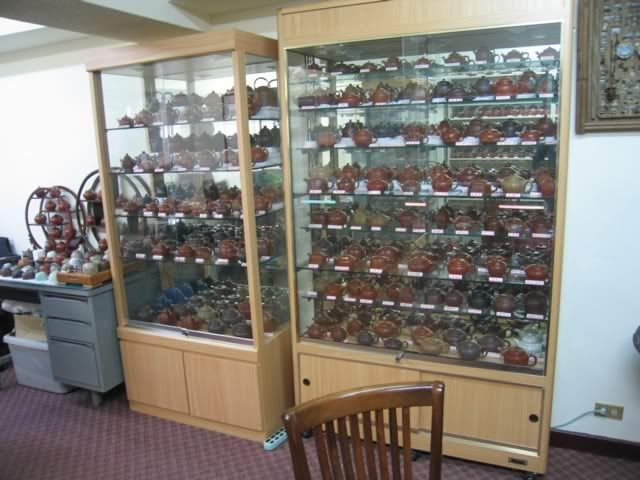
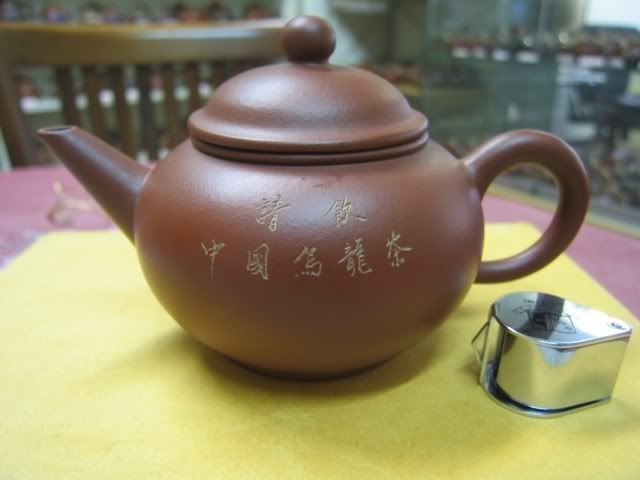
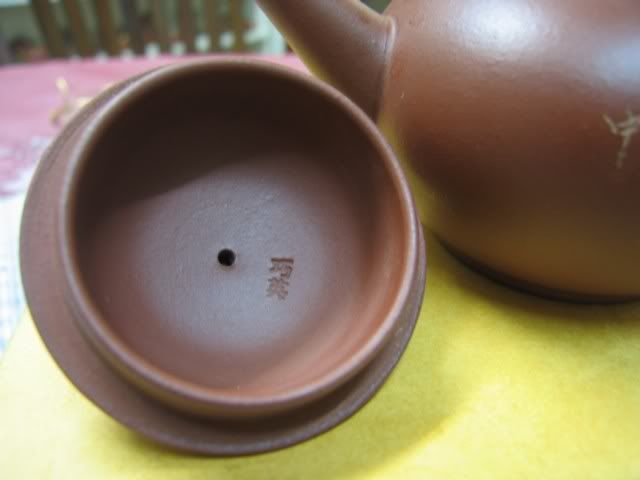
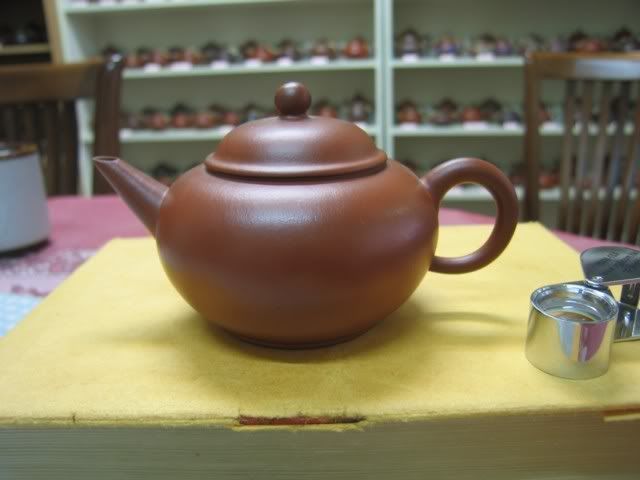
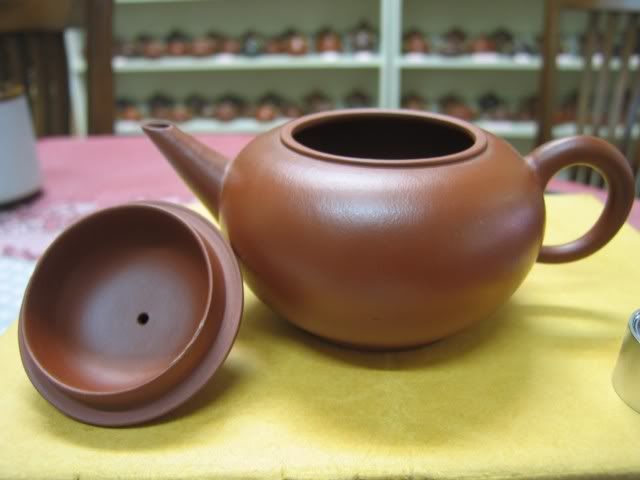
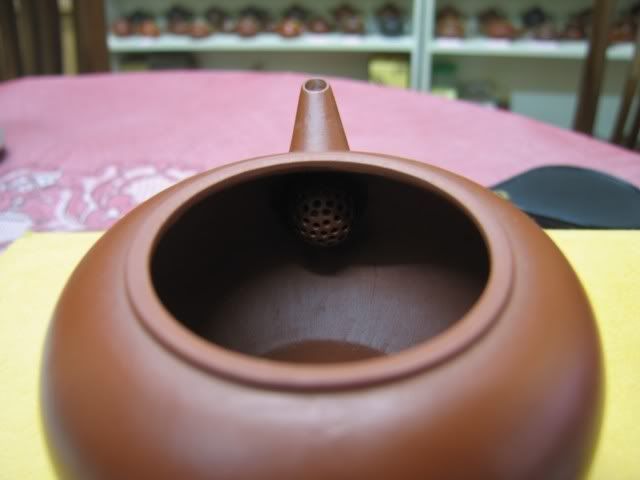
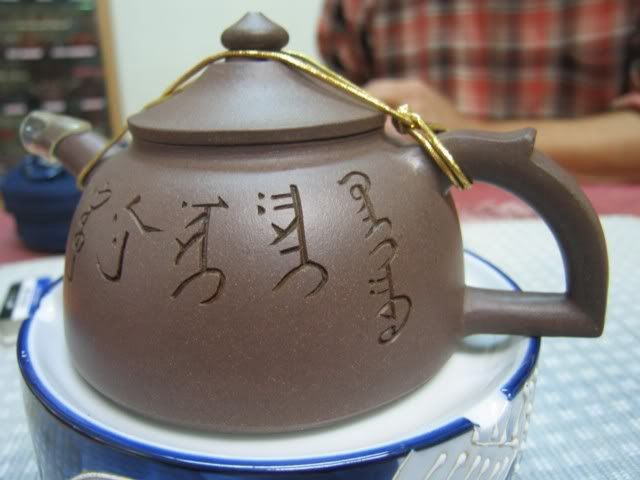
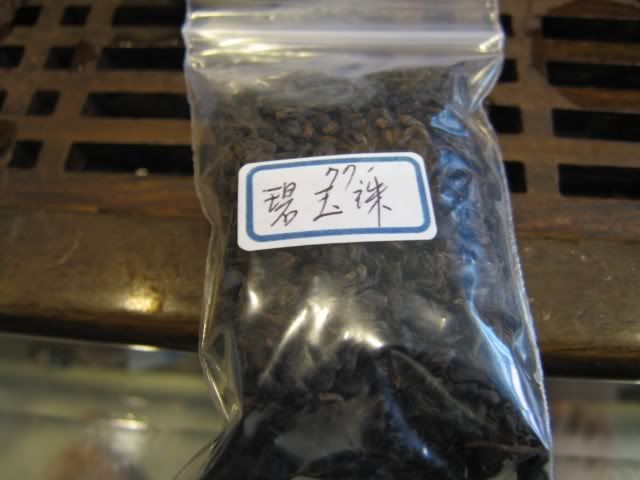
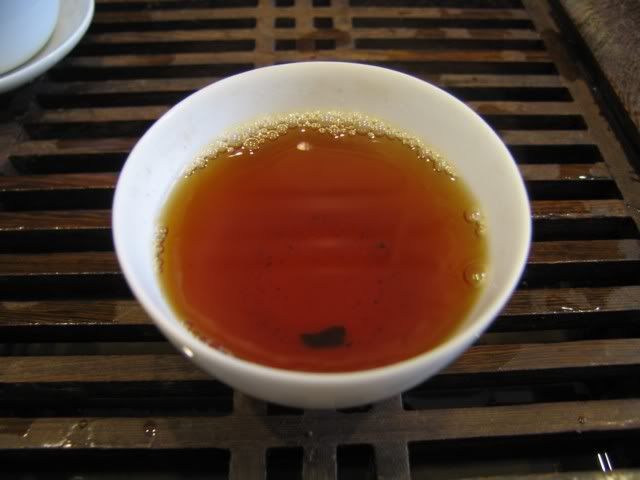
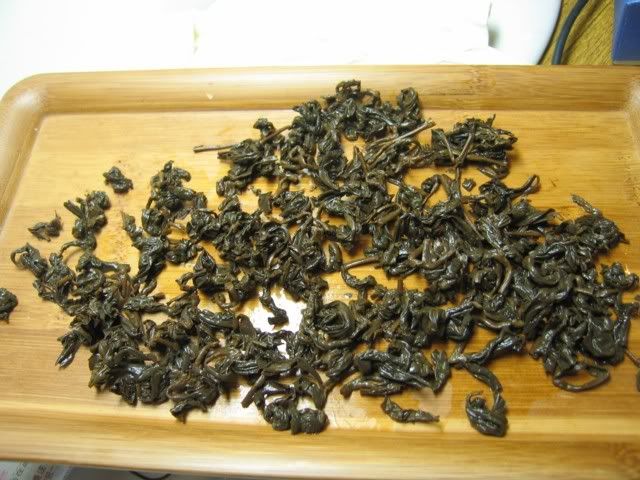

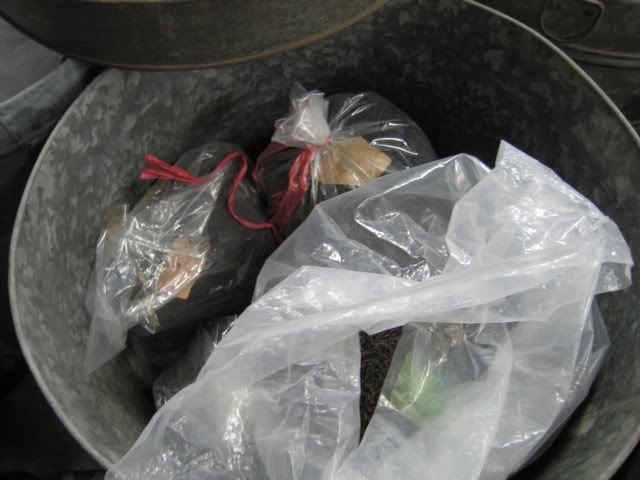
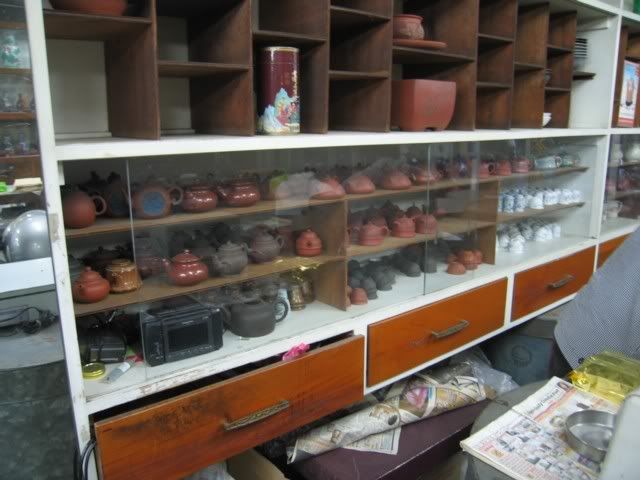
 RSS - Posts
RSS - Posts
Interesting.... would 250C in my oven work?